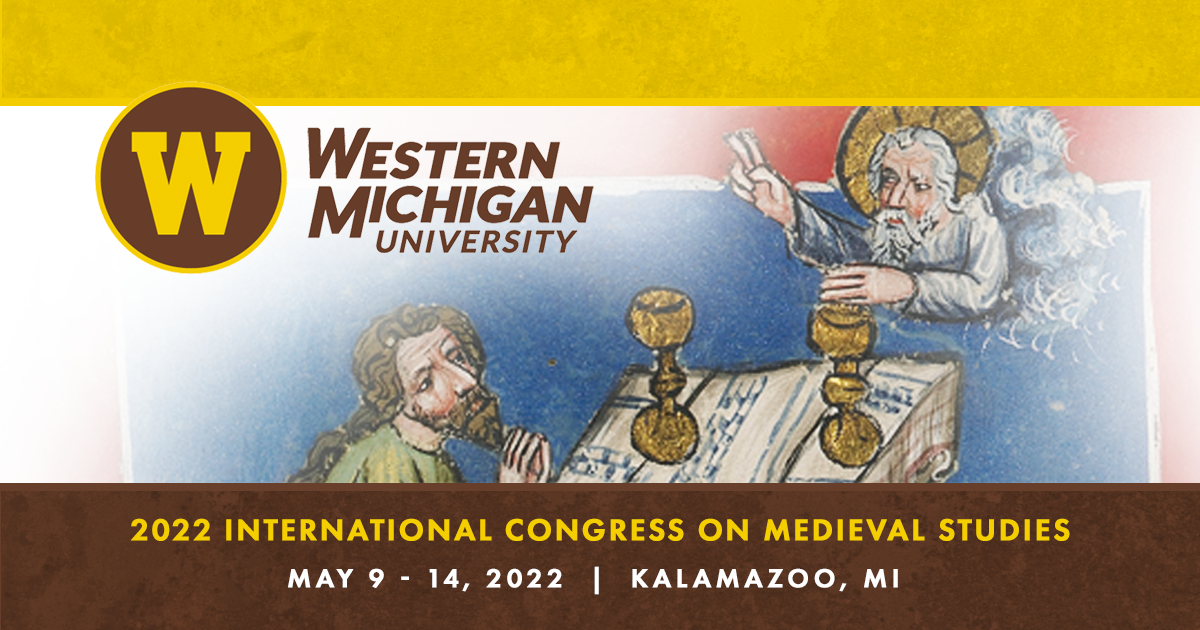This year, Western Michigan University (Kalamazoo, Michigan, USA) hosted the 57th International Congress on Medieval Studies online. The 432 sessions and roundtable discussions were attended by medieval scholars from all over the world, including István Kádas and Bence Péterfi, both research fellows of the Institute of History of the RCH (and members of the „Lendület” Medieval Hungarian Economic History Research Group and of the NKFI project K 134690).

István Kádas: Financing the Liberation. Military financing in the beginning of the reign of Mathias Corvinus
When the young Matthias Corvinus was elected to the throne of Hungary in 1458, the northern parts of the kingdom were tormented by Hussite mercenaries. Many of these warbands originally served Jan Jiskra, who held this territory in the name of King Ladislas V during the civil war in the 1440’s, and beyond. Jiskra turned against King Mathias soon, and the royal captains had to liberate these northern castles and towns with sword and money. To finance this war, the royal captains often credited the costs with their own money, and a king gave them royal taxes in return. The captains and the military officers usually got the chamber’s profit of some counties (which was regularly collected in the beginning of the year) after the campaign to post-finance their costs. However, they often got money from the extraordinary tax instantly, during the campaign. The local landlords, who had to live with the Czech mercenaries in the previous decades, also took part in the fights and the finances. The noble communities offered extraordinary taxes for the royal captains to cover the soldiers’ pay and supply. The more influential local nobles took part in the levy as well. In my paper I shed light on some of the local tax-collectors of this period (János Szinyei, Zsigmond Csicseri, Péter and János Forgács). They collaborated with the Czech warbands before (or were accused with collaboration), but became important factors of the military finance.

Bence Péterfi: A University Professor and His Copybook: On the Sprad of Information and Documents in the 1470s in Central Europe
The second half of the 15th century made European societies more and more experienced in the world of printing: the interest of the contemporaries awakened not only in literature or scientific works but also (or rather) in the more “informal” genres (e.g. newsletters).
A collection of four hand-written volumes, kept nowadays in the Leipzig University Library, sheds new light on the world of newsletters and documents that were once delivered in printed and/or manuscript format. The material of the volumes was possibly copied and compiled by Johannes Weise (†1486), a university professor of theology in Leipzig. His goal of transcribing and keeping documents is unknown, however, we cannot exclude that the professor was not only keen on news of his days but also wanted to record the most “remarkable”, perhaps even intending to create a kind of chronicle of his own.
Concentrating on pieces concerning (East) Central Europe, it was presented what kind of documents were inserted in the volumes, whether the sources of the pieces of information can be detected. Discussing the genesis of one of the items, a poem, possibly written by Petrus Garazda and dedicated to Beatrice of Naples (also known as Beatrice of Aragon), wife of King Matthias Corvinus of Hungary, it can be also revisited what role the modern techniques, i.e. printing, played in the political toolkit of the Hungarian king.


